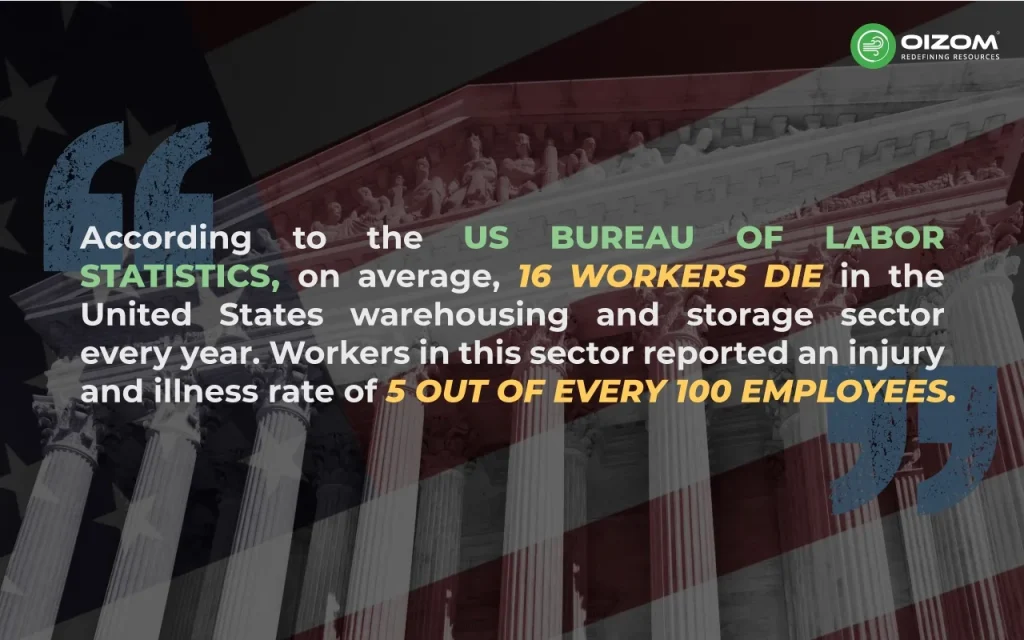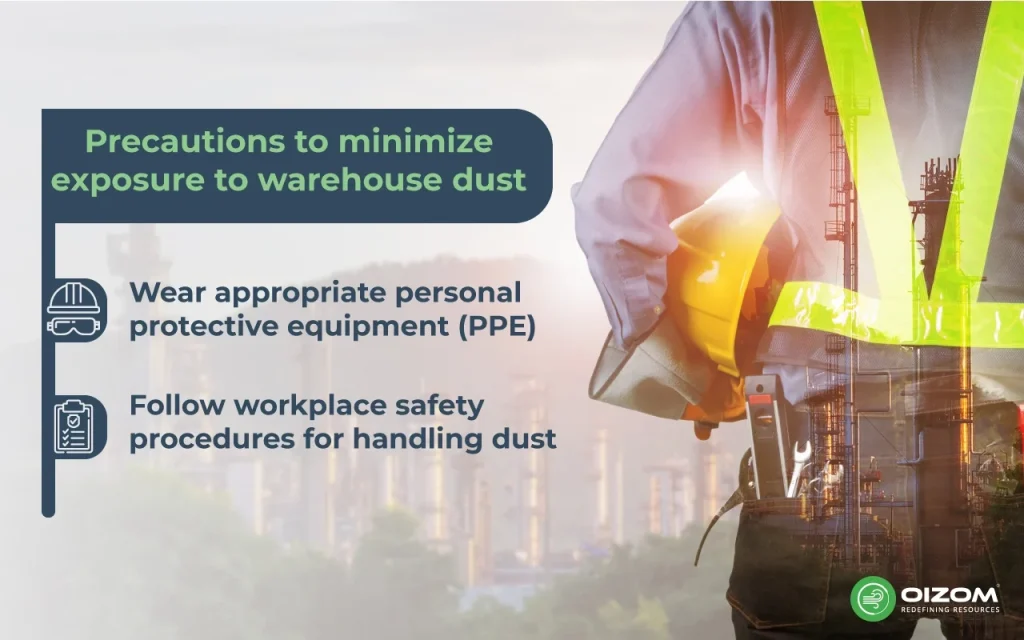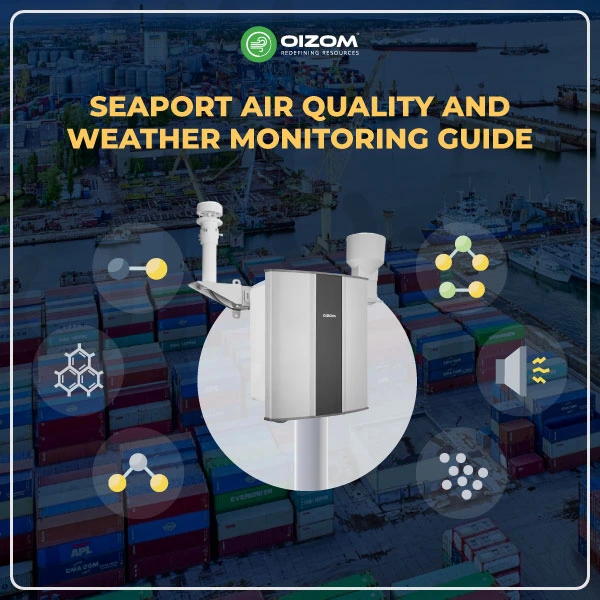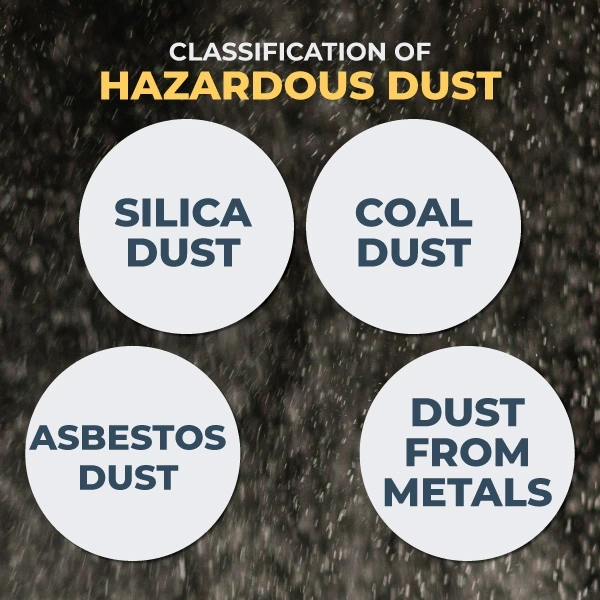It is hard to avoid dust inhalation if you work in a warehouse. Dust is a typical problem in storage facilities. If allowed to accumulate, it can cause products to become dirty, machines to malfunction, extra cleaning labor, employee health issues, and the possibility of affecting customer happiness. Warehouse dust is not only a nuisance; it may cost you and your staff a lot of money.
Working at a warehouse is not a joke. Working conditions can be hot, unpleasant, and dangerous. Dust, odours, and other airborne particles can create a hazardous work environment and cause major health concerns for workers. All of these things can negatively impact productivity. This blog will discuss warehouse dust and why it is bad for your health. We’ll also provide precautions to minimize exposure to warehouse dust.

Reasons for why Warehouse Dust is Bad for You
You’ll hear someone say this if you work in a warehouse or industrial setting. Even if it’s meant as a joke, it usually represents the culture that has enabled that dust to accumulate. But the reality is that dust can be ‘that terrible’ and cause serious health problems.
Dust in a warehouse is made up of many elements and comes from a variety of sources, including sand, grit, and dirt from the outside; the wear and tear on tire and brake pad materials; the rubbing and cracking of floors, which releases particles such as silica (a known health hazard); and cutting, grinding, and sanding tasks in warehouse construction and maintenance. However, the majority of dust in a warehouse is most likely caused by cardboard boxes, wood crates, and pallets. Warehouse dust can include a variety of particles and debris that are harmful to the respiratory system. Depending on the types of products that your warehouse stores, dust can include asbestos, silica, and wood dust. All of which can be deadly. Depending on the severity, warehouse dust can be bad for you. It can cause several health problems, such as respiratory problems, allergies, asthma, and skin irritation.
Respiratory problems
Respiratory difficulties are another serious health hazard for warehouse workers. Dust, odours, and other airborne particles can irritate the eyes, nose, and throat, resulting in trouble breathing. This is especially true if workers are not provided with the necessary PPE kit to protect them from inhaling disturbed dust in sensitive regions. In severe situations, this can develop into chronic lung disorders such as asthma or bronchitis.
Furthermore, many chemicals used in warehouses (such as cleaning detergents) might cause respiratory difficulties. This can result in more asthma attacks, allergic responses, skin rashes, and other respiratory problems. People who work in dusty warehouses for lengthy periods without appropriate breathing equipment are also more likely to miss days of colds, bronchitis, and other respiratory health disorders.
Allergies and asthma
Airborne dusts are associated with classical widespread occupational lung diseases such as pneumoconiosis, as well as systemic intoxications such as lead poisoning, especially at higher levels of exposure.
Many of these pertain to chemical and mineral dust, but as the WHO discussed, “There is also increasing interest in other dust-related diseases, such as cancer, asthma, allergic alveolitis, and irritation, as well as a whole range of non-respiratory illnesses, which may occur at much lower exposure levels.
Skin irritation
Warehouses often use strong chemicals to clean floors and equipment. If these chemicals are not used properly, they can cause skin irritation or burns. Dust needs to settle somewhere. Even with the proper protective clothing, some skin will be exposed to dust, which can cause allergic reactions. Extended exposure might result in itching, scaling, and dryness. Some dusts produced in specific production conditions include carcinogenic compounds, which may cause skin cancer.
Precautions to minimize exposure to warehouse dust

Eliminating warehouse dust can be difficult, and most warehouses aim to reduce it rather than eliminate it. However, you are still exposed to dust hazards daily. An efficient warehouse dust management strategy necessitates a multi-pronged approach to cleaning critical locations prone to dust accumulation and proactive general maintenance.
Wear appropriate personal protective equipment (PPE)
Wear protective gear. Your company will generally specify what equipment you must wear, including safety eyewear and respirators. This includes safety goggles, respirators, and dust-filtration masks.
- Even if you are not required to wear safety equipment, consider wearing a dust-filtration mask, especially if you are a cleaning staff member.
- If you must use a respirator, ensure it fits your face properly and is appropriate for your task. When wearing respirators, follow the equipment standards, which include always trimming cleanly.
- Follow all of the safety requirements established by your workplace.
Follow workplace safety procedures for handling dust.
- Create safety data sheets for each hazardous material that outline dangers and provide advice on avoidance and handling. Regular health and safety training is essential for efficiently preparing personnel to manage threats. Employers should supply PPE appropriate to workplace preventive measures as needed.

Minimize dust generation
Capturing dust at its source is paramount. Dust control systems, such as industrial ventilation, filter out dust. Minimize external dust influx through temperature control doors and airlock zones. Segregate dusty areas, limit material movement, and ensure regular cleaning and maintenance to prevent dust accumulation. Employ dust-reducing machinery adaptations, like forklift belly plates, to avoid stirring up dust.
Maintain good personal hygiene.
- Before leaving for home or eating at work, wash your hands fully, including scrubbing beneath your nails. Ideally, you should also clean your face.
- If feasible, take a shower and change clothes at work. Dust in the warehouse will attach to your clothes, so showering and changing before going home ensures you don’t bring that dust home.
Conclusion
As an employer, it is your responsibility to keep your employees safe as possible. This should include limiting their exposure to dust in the workplace. However, monitoring the dust is a crucial step before reducing the dust; after that, preparing mitigation strategies is important.
Regularly review dust levels and your controls’ effectiveness, making necessary adjustments. Implementing dust monitoring systems like Oziom Dustroid offers real-time data that can work under severe climatic conditions with robustness. Uncontrolled dust is potentially harmful and poses serious health risks. The risk of dust exposure grows when it accumulates in an enclosed space over time. This leads to poor employee health, resulting in low productivity, profit loss, medical costs, and, in certain cases, legislative action.
To address these difficulties, keep the air in your workplace as clean as possible and dust levels low at all times. This results in happier, healthier employees and increased business productivity and growth.
FAQs
Warehouse dust consists of tire wear, airborne outdoor dust, floor silica, pallet wood, cardboard fragments, soot from exhausts, and manufacturing by-products.
To manage warehouse dust, implement dust control systems, minimize outside dust, use fogging systems, cover surfaces, limit movement, segregate dusty areas, and maintain regular cleaning. Protective equipment and safety protocols are crucial for worker protection.
Working in a warehouse can pose health risks from dust exposure, leading to respiratory and other health problems. To mitigate these risks, employers must take precautions, including providing PPE and safety training.






